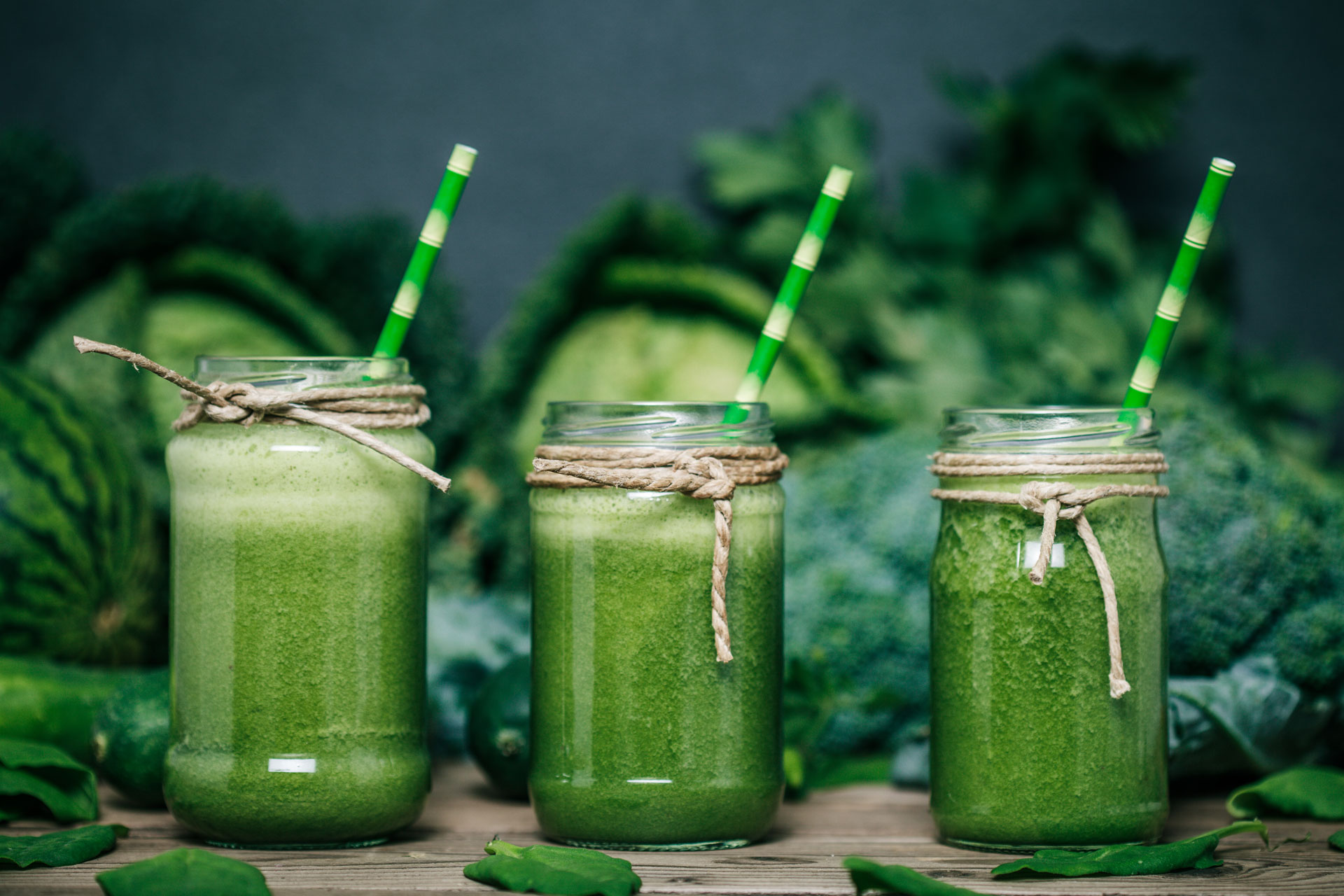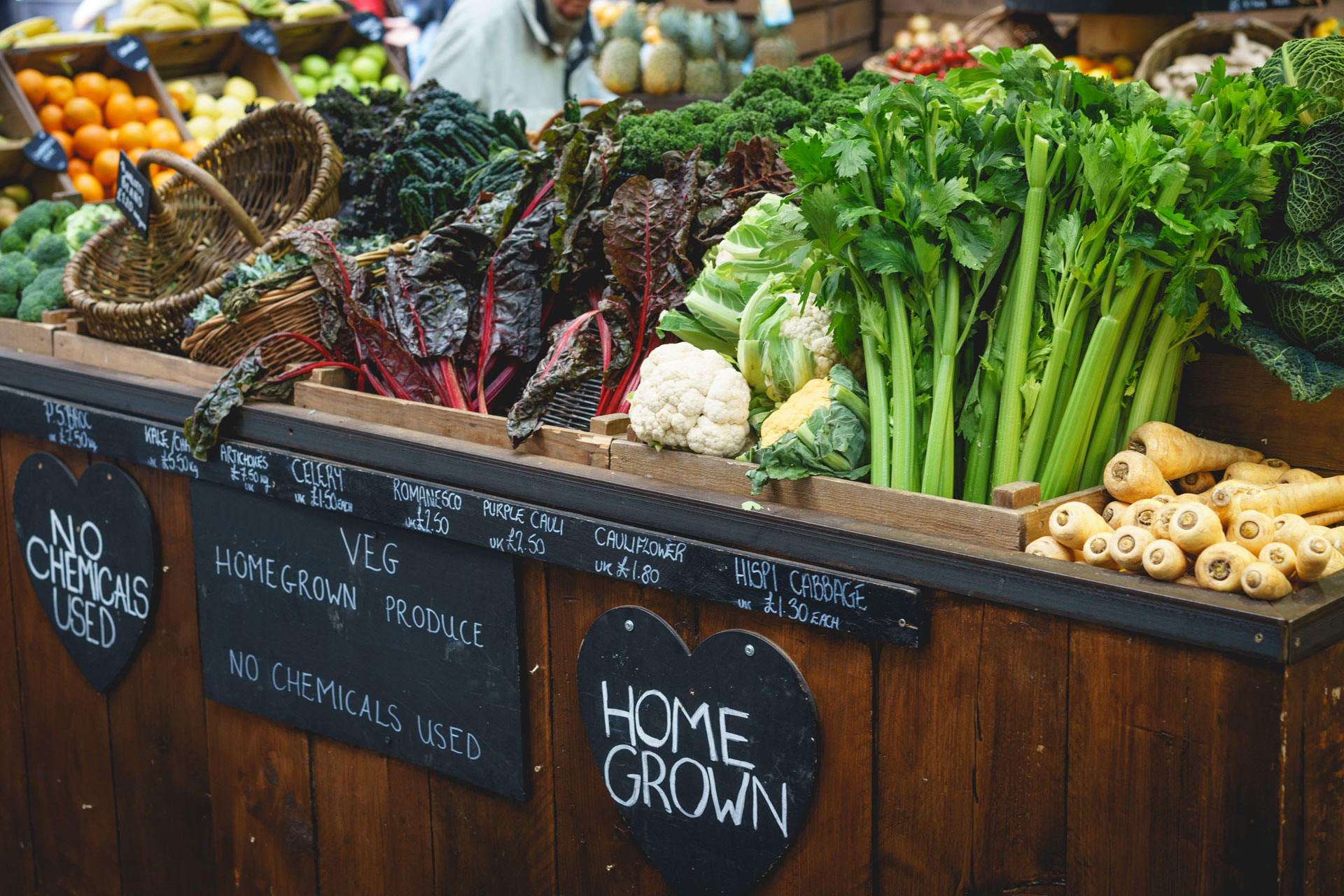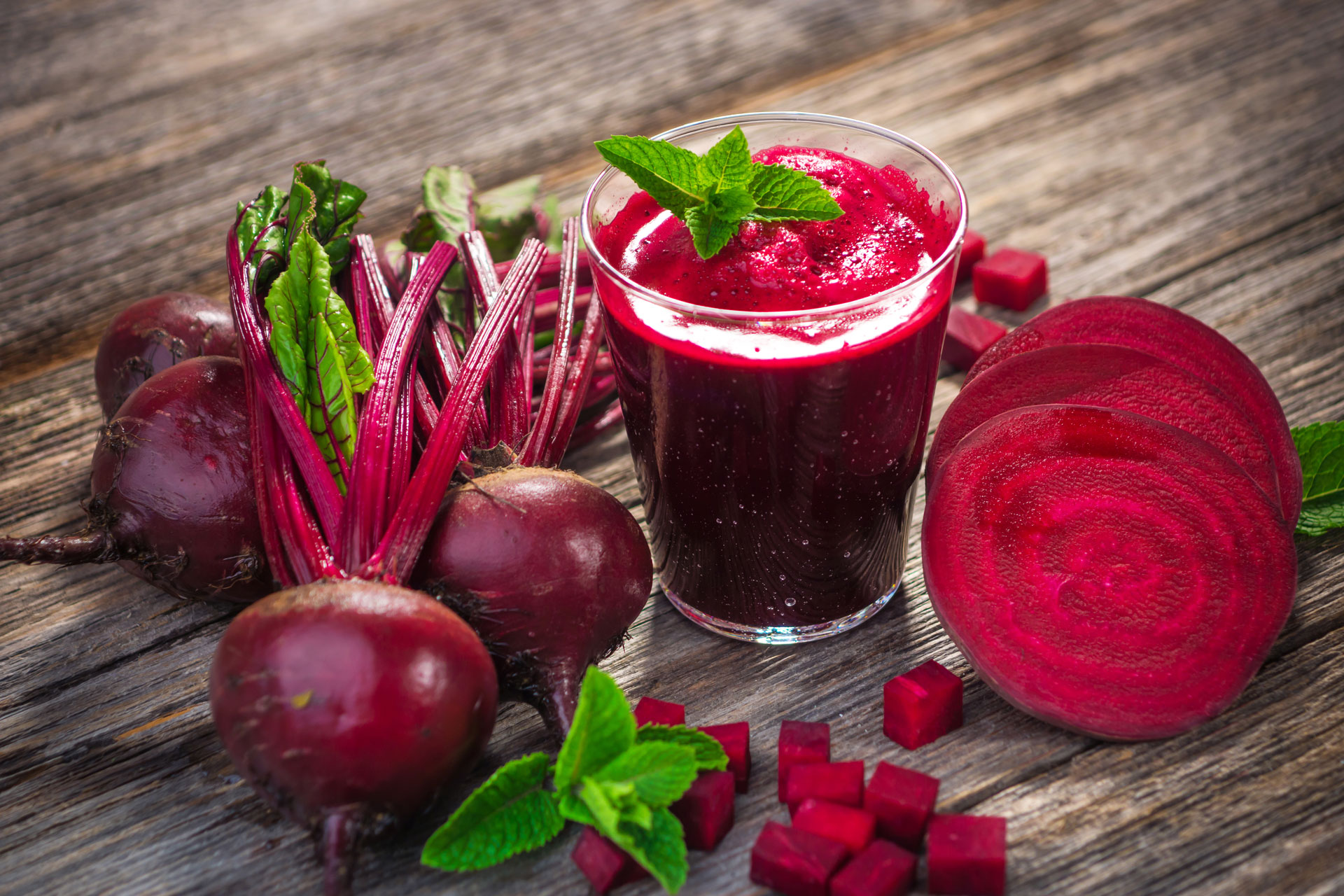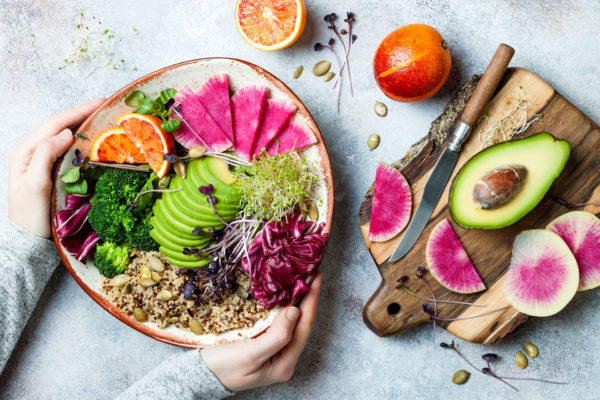A Nutritionist’s Guide To Detoxing
By
3 years ago
How to safely incorporate detoxing habits into your life

We’ve all been there. You’ve had a big weekend, and when Monday morning rolls around you propose to go on a detox, cutting things out of your diet and going on an exercising spree. But is this the right approach? Is there a way to detox effectively – and safely? Here Nutritional Therapist Tracy Tredoux answers all our questions about detoxing.
A Nutritionist’s Guide To Detoxing
How can detoxing be beneficial?
Sadly, we are exposed to increasing levels of toxins on a daily basis and no matter how hard each of us may try, few (if any) can attest to leading a toxin-free life. Toxins are ubiquitous and impact our health. Some people have very effective detoxification pathways that prevent toxins building up and ultimately harming them. Some have genetic mutations that affect their body’s ability to detox. Others are simply exposed to too many toxins and, without supporting their body’s detoxification pathways, these build up and become harmful.
As we enter autumn, it is time to start thinking about supporting our immune systems in the face of inevitable colds and viruses that are approaching. Optimal health is about removing that which is harming the body (environmental toxins, bacteria, viruses, parasites, certain foods etc.) and adding that which is deficient and needed to support health (vitamins, minerals, antioxidants, phytonutrients, fibre, clean protein, healthy fats etc.). Detoxing regularly is a necessary component of staying in the best health possible by ridding the body of harmful toxins that are impacting the body’s ability to function optimally.

Getty Images
How can we detox safely?
How a person feels when detoxing depends on how ‘toxic’ a person is and how efficient the body is at breaking down and getting rid of toxins. It is not advisable to do any major detox programme without seeking the support of a healthcare practitioner.
However, understanding the various sources of toxins and avoiding them in the first place, is a safe form of detoxification. Adding a wider variety of coloured fruits and vegetables to your diet containing a varied spectrum of phytonutrients that support your own body’s detoxification pathways is not only a safe and effective way of helping the body to detox, but also promotes overall better health. Sweating more to allow toxins to leave the body by increasing your daily exercise is safe and the studies are clear that movement and exercise are important on any health building programme. Plus adding tools such as body brushing and Epsom salt baths help rid the body of the toxins that have been broken down and need to be eliminated.
Any person following a detox programme who has adverse symptoms must consult a healthcare practitioner for advice on how to better support the liver and elimination pathways during the programme. Some people do feel worse before they feel better.
How often should we be detoxing?
Detoxification programmes are everywhere. You can join online courses, attend detoxification retreats or spend two weeks at an expensive health spa. However, it’s erroneous to believe that detoxing once or twice a year and returning to the same unhealthy habits as before is sufficient. As we get older, as our bodies become less efficient at detoxing and as the harmful effects of cumulative toxin exposure increases, it becomes more relevant to understand the importance of incorporating detoxification strategies into our ongoing health plan.
The best way of reducing one’s toxic body burden is to limit exposure by avoiding toxins wherever possible, such as: food (buy organic), household cleaning products (buy environmentally friendly), and air (buy a purifier or plants that help detox the air). Learn to identify the source of your environmental and chemical toxin exposures and how to limit or avoid them.
What other detoxing habits should we be incorporating into our everyday lives?
In addition to avoidance, start incorporating one or more of the following detox tools on a more regular basis: oil pulling, skin brushing, tongue scraping, regular saunas, cold water therapy. Simple things like exercising and drinking water are also beneficial.

Which foods help our bodies to detox?
A body-cleanse involves increasing your intake of nutritious whole foods containing the nutrients to support detoxification and elimination and cutting out the processed, harmful foods that are hampering your body’s natural processes. Increasing your intake of phytonutrient dense foods, as well as a few powerful detox foods, can be an easy way to detox and hit that reset button.
Citrus fruits, such as lemons, limes, grapefruits, oranges, tangerines, mandarin and clementines, provide significant amounts of vitamins, minerals, fibre, enzymes and water to help the body get rid of accumulated toxins and to aid in burning excess fats.

Getty Images
Teas are also good: green tea boasts numerous antioxidants and vitamins that help in burning fat by speeding up the metabolic rate, while ginger tea contains antioxidants, anti-inflammatory and anti-ulcer compounds.
When it comes to vegetables, raw cruciferous vegetables contain the highest amount of detox phytonutrients. For those who find it difficult to digest raw, steaming for about 90 seconds (until bright green) is best for digestion as this does not cook to the point of destroying beneficial compounds.
- Broccoli: Broccoli sprouts contain important compounds that help in enhancing the function of the liver. When consumed regularly, broccoli helps the liver become better at removing toxins.
- Spinach: Spinach is a vegetable loaded with a myriad of benefits. Although it can be cooked with spices and oils, it is most beneficial when consumed raw. It contains glutathione, an antioxidant that has a major role in detoxifying the liver and removing toxins from the colon.
- Avocado: Avocados contain mono and poly saturated fats that promote a healthy fight against toxins. They are easy to prepare and great any way you choose to eat them.
- Beetroot: Beetroots are a powerful blood cleanser, and also help cleanse the liver because they contain a group of phytonutrients called betalains that support detoxification.
- Cabbage: This cruciferous vegetable helps in lowering cholesterol levels and keeping the liver healthy. Cabbage is also a mild diuretic and may cause you to urinate slightly more than usual, which helps expel toxins from your system.
What would an ideal detox meal look like?
Start with a small bowl of miso soup. Follow with half a plate of steamed green leafy and cruciferous vegetables with a serving of protein such as wild caught salmon (lightly pan-fried in sesame oil with crushed garlic and minced ginger). A small serving of a high protein grain like quinoa, could accompany the meal. Have an orange for dessert and a cup of green tea.
Visit tracytredoux.com for more information









